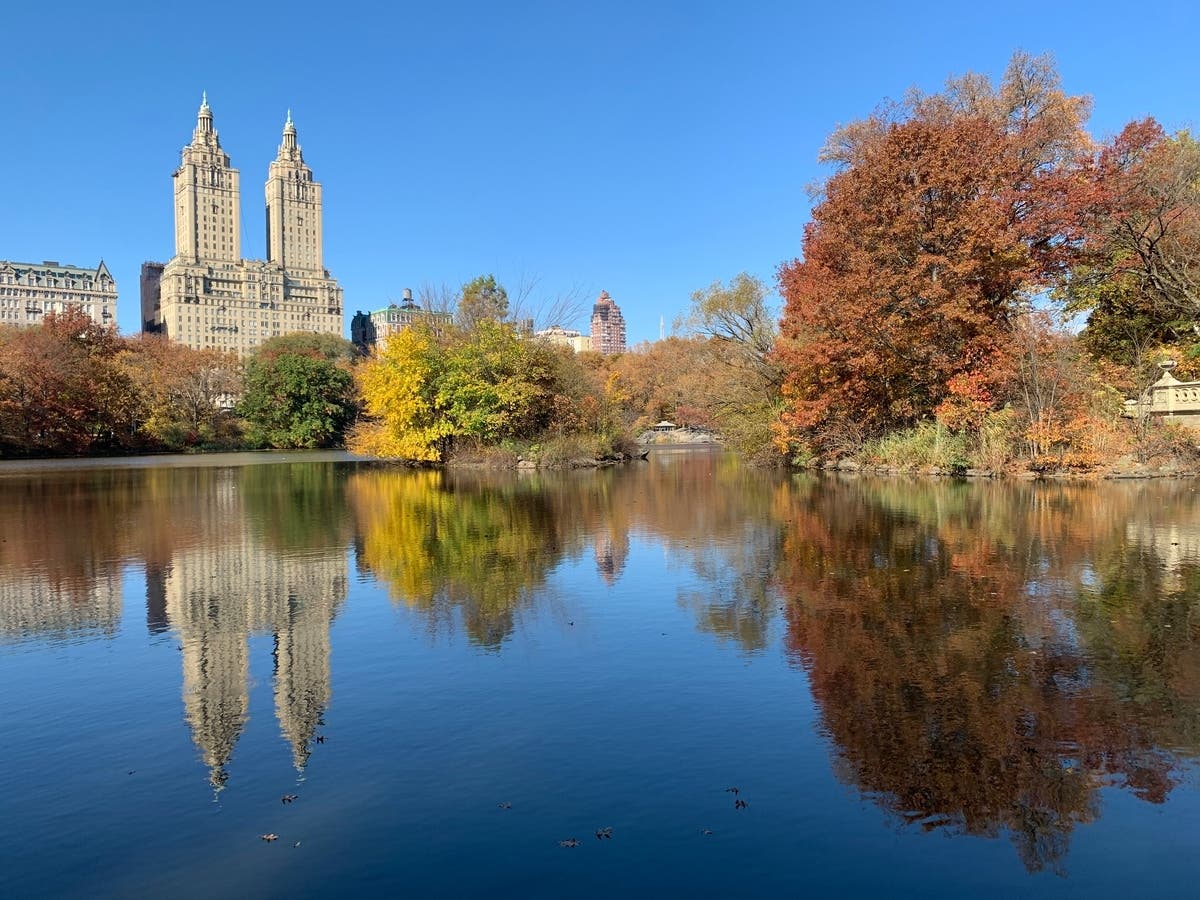Real Estate
UWS Historic District Lost 1K Homes As Residents Combined Units: Study
The Central Park West Historic District lost 1,039 units in 404 buildings between 2010 and 2022, a new Columbia University analysis shows.

UPPER WEST SIDE — An Upper West Side historical district has lost more than 1,000 homes as the desire for bigger homes in tonier neighborhoods spurred apartment conversions citywide, according to a new study and report.
The Central Park West Historic District — bordered by the park, West 62 and 96th streets, and various avenues as far west as Amsterdam — lost 1,039 units in 404 buildings between 2010 and 2022 as residents converted multiple homes into one, a Columbia University study shows.
Preservationist Adam Brodheim — speaking about his massive study to THE CITY for their thorough, citywide report — said his research was spurred by the changes he saw on his Upper West Side Block.
Find out what's happening in Upper West Sidewith free, real-time updates from Patch.
“Most people on the street, they’re not noticing that seven fewer families are able to live on this block," Brodheim told THE CITY. "This happens all the time.”

The Central Park Historic District — home to roughly 2,000 buildings, among them The Dakota and the Museum of Natural History — is one of four landmarked Manhattan areas responsible for 40 percent of conversions detailed in Brodheim's thesis.
Find out what's happening in Upper West Sidewith free, real-time updates from Patch.
The loss of housing units in the Central Park West, Upper East Side, Mount Morris, and Greenwich Village historic districts was exacerbated by the lack of new construction, according to the research.
"None of these historic districts had sufficient new units from either alterations or new construction to have net added units," the thesis states.
"Dwelling unit consolidation can also have a devastating impact on a historic district’s housing stock."
Mark Silberman, General Counsel for the Landmarks Preservation Commission, told Brodheim his office can't regulate unit growth but would be open to legislation allowing other agencies to do so.
Silberman also notes conversions aren't limited to historic districts, as is illustrated by Community Board data.
The Upper West Side's Community Board 7 has gained just 3,205 housing units over the past decade in comparison to 16,101 gained in its southern neighbor, Community Board 4, according to THE CITY's number-crunch.
Yet growth looked worse on the Upper East Side, where Community Board 8 gained just 101.
Another interesting difference between Upper East and Upper West: While the East side saw most of its multi-family row homes converted into single residences, most row houses on the West side have held onto their units.
Brodheim doesn't condemn consolidating homes — especially in a city known for tiny living spaces — but he argues it has to be balanced out with new development, he told THE CITY.
"You just have to build a lot more housing," he reportedly said. "You have to make up for the fact that people are doing this."
Get more local news delivered straight to your inbox. Sign up for free Patch newsletters and alerts.